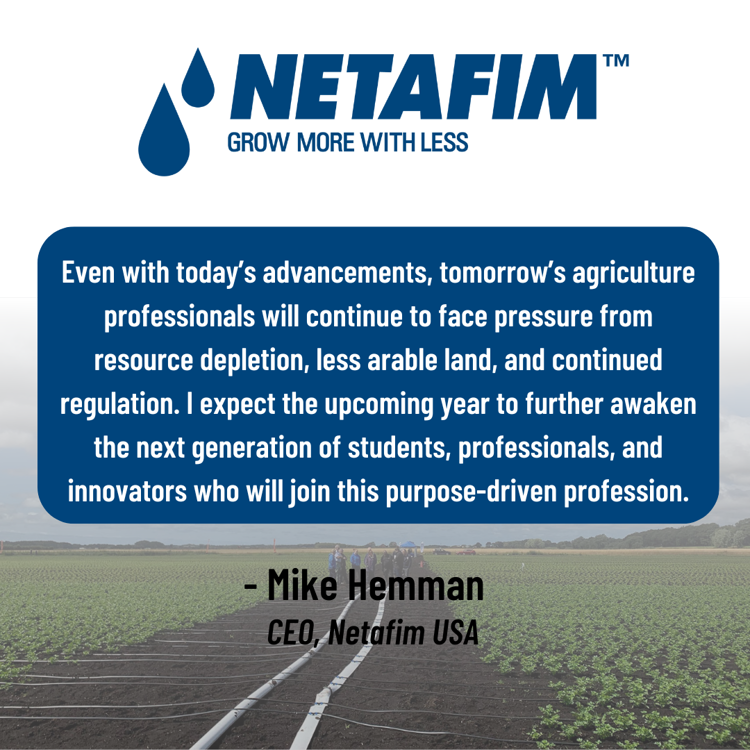The State of Agriculture: 5 Predictions for 2023
As I have reflected on 2022 through the lens of agriculture, it is hard for me to classify the year as “good” or “bad.” We certainly had our share of both.
- We saw higher-than-average commodity prices, but farmers struggled with record-high input costs.
- Freezes impacted almonds in the west, and drought impacted corn in the Midwest.
- Supply chain challenges improved for some inputs, but low water levels in the Mississippi added additional complexity to an already challenging fertilizer market.
- The war in Ukraine led to increased demand for US wheat, but weather impacted US wheat yields.
These are just a few examples of events that added additional complexity to the agricultural economy in 2022. The result? An uneasy market, with a lot of uncertainty around what 2023 will bring.

So, as we start a new year, it's important to be mindful of key factors that will continue to influence our market. Here are five things to watch in agriculture in the year ahead:
1.Commodity Prices Will Remain High
According to Rabobank, the elevated price environment for commodities will persist in 2023. The war in Ukraine, weather conditions, and high consumer demand should yield an environment that favors higher-than-average prices. However, high input costs could continue to offset record farm income. Growers will need to plan carefully and utilize technology to optimize their operations.
2. Overcoming Water Shortages Will Remain Key
Although we are off to a good start with rainfall, in 2023, we will still be challenged with water scarcity issues. Groundwater depletion, regulation, and reduction of major surface water sources, such as the Colorado River, mean that U.S. growers must continue to adapt. Successfully utilizing the limited amount of water available to a farmer has never been more important.
3. Consumer Preferences Will Continue to Evolve
Inflation has led to higher prices at the grocery store. It is impacting everything from produce to dairy to bread. While the fed has worked hard to curb inflation, grocery prices remain above average due to many of the uncertainties listed above. This may push consumers to change their purchasing habits. Those changes may be as small, such as foregoing “luxury” or “convenience” purchases, or more drastic, pushing consumers to discount grocers. Either way, expect consumers to think twice about how they spend their money when grocery shopping in 2023.
4. The Collective Image of Farmers Will Continue to Evolve.
The technology required to survive in today’s agricultural economy continues to evolve. In less than a decade, field scouts have been replaced by drones and satellites. This is just one example of how modern farming is changing through technological innovations in automation, artificial intelligence, and other emerging technologies that improve efficiency and increase yields. Expect 2023 to accelerate the adoption of technologies that digitally optimize and streamline farming operations, further transforming the image of a “traditional” farmer.

5. The Next Generation of Innovators Will Emerge
Despite the collective advancements in the industry, we need to accelerate new innovations to face the challenges we have in feeding a growing population. Even with today’s advancements, tomorrow’s agriculture professionals will continue to face pressure from resource depletion, less arable land, and continued regulation. I expect the upcoming year to further awaken the next generation of students, professionals, and innovators who will join this purpose-driven profession.

Comments
We'd love to hear your thoughts! To enter a comment, type your name and email address.